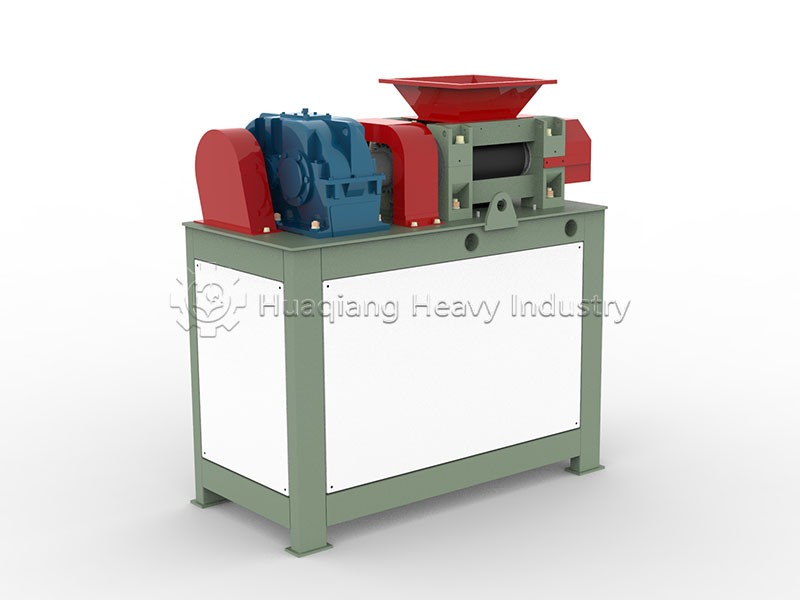A well-maintained roller press granulator is like a trained athlete – regular inspections, proper care and timely adjustments are key to maintaining peak performance. Master these five maintenance essentials and your equipment will reward you with longer service life and more consistent product quality.
Fertilizer granule compaction is a critical process in modern agriculture, efficiently transforming dust into valuable nutrients. The roller press granulator is the core machine for this operation, but its performance hinges on consistent maintenance. Understanding the key steps to prevent wear and ensure optimal function is essential for any operation seeking to maximize output and equipment longevity.

1. Establish Regular Inspection Routines
- Daily checks: Quick inspection of feeding system and conveyor operation before startup
- Weekly focus: Thorough examination of roller surface wear; address immediately if grooves exceed 1mm wear
- Monthly comprehensive: System check of discharge unit wear and conveyor belt condition
- Quarterly major inspection: Full assessment of transmission components, ensuring bearing temperatures stay below 70℃ safety threshold
2. The Art of Equipment Cleaning
After each production run, clean your equipment as thoroughly as a chef cleans their kitchen. Use compressed air or water rinsing (for non-water-soluble materials) to remove residues. Special reminder: when changing material types, deep cleaning is mandatory to prevent cross-contamination. The cleaning process also presents an excellent opportunity to spot potential issues.
3. Lubrication: The “Lifeline” of Your Machine
Just as the human body needs regular hydration, equipment requires scientific lubrication. Replace gear oil every 1000 operating hours for reducers, and replenish bearing grease every 500 hours. Remember: using the correct type and amount of lubricant is the secret to reducing wear and extending lifespan.
4. Precision Roller Gap Adjustment
Adjusting the roller gap requires the patience and precision of a watchmaker. After shutdown and power disconnect, make micro-adjustments (1°-2° each time) via eccentric sleeves to maintain the ideal 0.3-1mm gap. Always manually test and observe granule formation after adjustment – multiple fine-tunings may be needed for perfect results.
5. Pocket Alignment: The Ultimate Test of Precision
Pocket alignment is the subtle art of granulation. Axial alignment typically only requires initial setup, while circumferential alignment demands more delicate adjustments. Use the cardboard test method, making only 0.5°-1° adjustments each time, until achieving perfect alignment – much like calibrating precision instruments.
Remember: Preventive maintenance is always more economical than major repairs. Invest time in these routine maintenance practices, and your granulator will repay you with higher efficiency and longer service life.